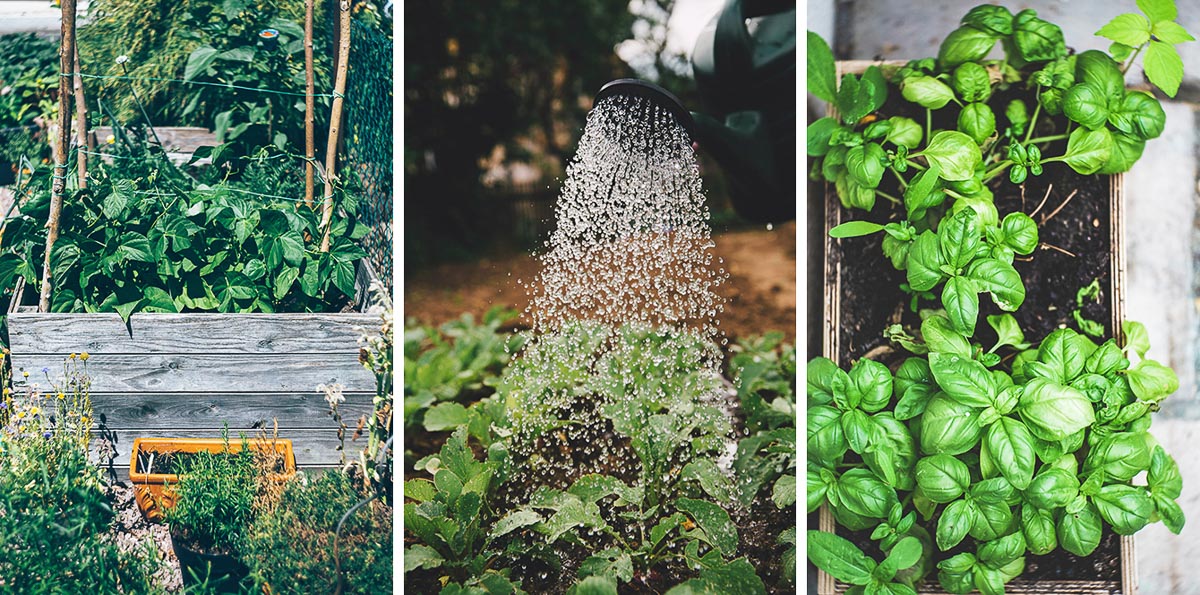City Blooming Fundamentals Explained
Interested in growing food for sale in the City of Chicago? Below is a checklist of frequently asked questions pertaining to the rules and policies that farmers should take into consideration when intending a city agriculture project.
The zoning change does not modify any type of other codes managing composting, structure permits, acquiring or renting City had home, business licenses or ecological contamination. There are existing codes that regulate these problems and they continue to be completely impact and may apply to your job. Area gardens are commonly had or taken care of by public entities, public organizations or community-based organizations and kept by volunteers.
Urban farms expand food that is meant to be marketed, either on a nonprofit or for-profit basis. Because of their commercial function, city ranches require an organization permit. Yes. A neighborhood yard is permitted to market excess produce that was expanded on site if the sales are accessory or subordinate to the garden's main objective defined over.
The 6-Minute Rule for City Blooming
The quantity of compost material can not exceed 25 cubic yards at any kind of provided time according to the requirements in 7-28-715 of the City's Municipal Code. Since the soil at many brand-new yard websites needs modifying, garden compost, dirt, wood chips, or various other materials can be gotten to create or boost the expanding space.

If a structure authorization is called for then the hoophouse will be thought about an accessory building. You can learn even more about the building license requirements by calling the Department of Buildings. The 25,000-square-foot dimension restriction is meant to avoid a single community garden from controling a provided block or interfering with the block's existing residential or commercial personality.
The restriction does not put on yards found in Public Open Room (POS) areas. Can there be greater than one neighborhood garden that is 25,000 square feet on a solitary block? Yes. The dimension restriction relates to individual gardens, not to specific blocks. No. Fence is not called for, nevertheless, yards that have big parking lot might be called for to set up fencing or various other landscape design browse around this web-site functions.
Some Of City Blooming
B1 & B2 districts require that all business usage tasks be conducted inside your home. R districts restrict business task. The regulations mirror the purpose and intent of the Zoning Code. Is fence required for city farms? Yes. Fences might be required, in addition to landscaping and screening, for sure parking lot and outside job or storage space areas depending upon place and the specific activity happening.
Urban ranches call for structure licenses and zoning authorizations prior to building (landscaping). Various other types of city testimonial may be needed depending on details structures, tasks, dimension, landscape design, licensing, public heath and stormwater administration issues.
Yes. The kind of certificate is determined by what is taking place at the site. The Division of Company Affairs and Consumer Defense can assist determine the specific kind of service permit that's called for. Yes. Off street vehicle parking is required for many commercial tasks in Chicago. The required number of garage is based upon the variety of staff members dealing with site and not the square video of the growing room.
Unknown Facts About City Blooming

Yes. A city ranch can offer garden compost product generated on website, however, the operation has to comply with the policies in 7-28-715 of the Chicago Municipal Code. Yes. Aquaponic systems are permitted inside on city ranches in several zoning districts. However, a zoning review and structure authorization is required in order to install structures or systems and an organization license is needed as defined over.
Approximately five hives or swarms of honey bees may be maintained as an accessory use. However, beekeepers should sign up with the Illinois Division of Agriculture. For additional information concerning the recommended zoning modification you may speak to the Division of Housing and Economic Development, Bureau of Planning and Zoning at 312.744.8563.
, which takes place in country locations at the edge of suburban areas.
The Basic Principles Of City Blooming
It can entail a movement of organic growers, "foodies" and "locavores", that look for to create social networks started on a common ethos of nature and area holism. These networks can establish using formal institutional assistance, coming to be integrated right into neighborhood town as a "change community" activity for sustainable metropolitan advancement.
The extra straight access to fresh vegetable, fruit, and meat items that may be realised through city farming can improve food security and food security while reducing food miles, resulting in reduced greenhouse gas emissions, thus adding to environment change mitigation. Some of the very first evidence of city farming comes from Mesopotamia.
Comments on “An Unbiased View of City Blooming”